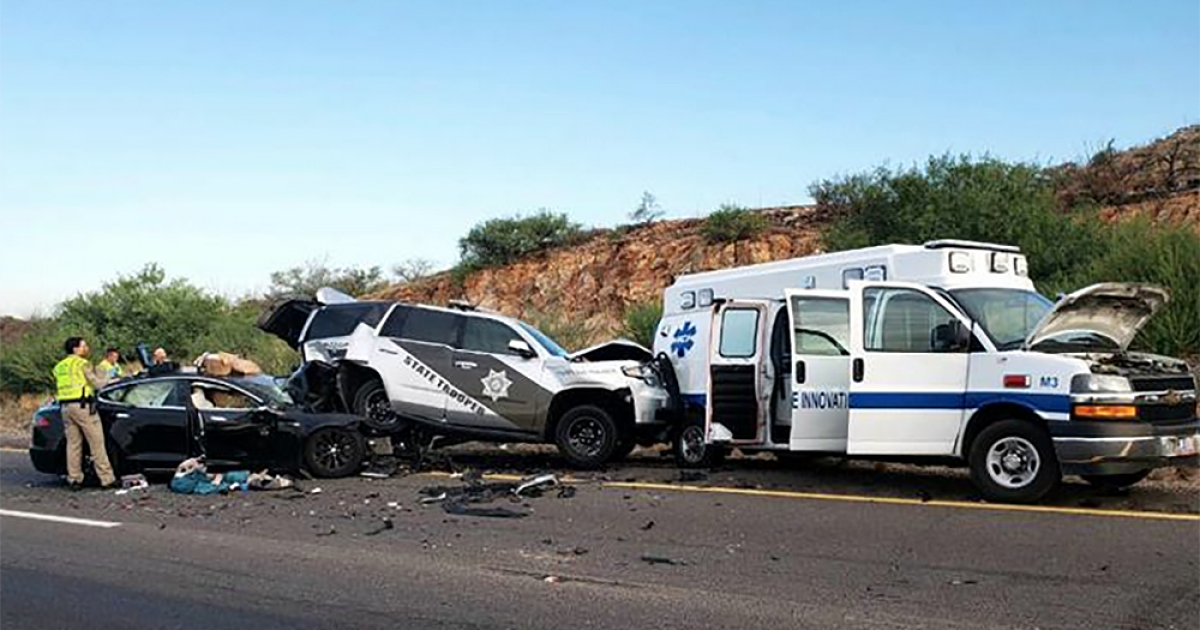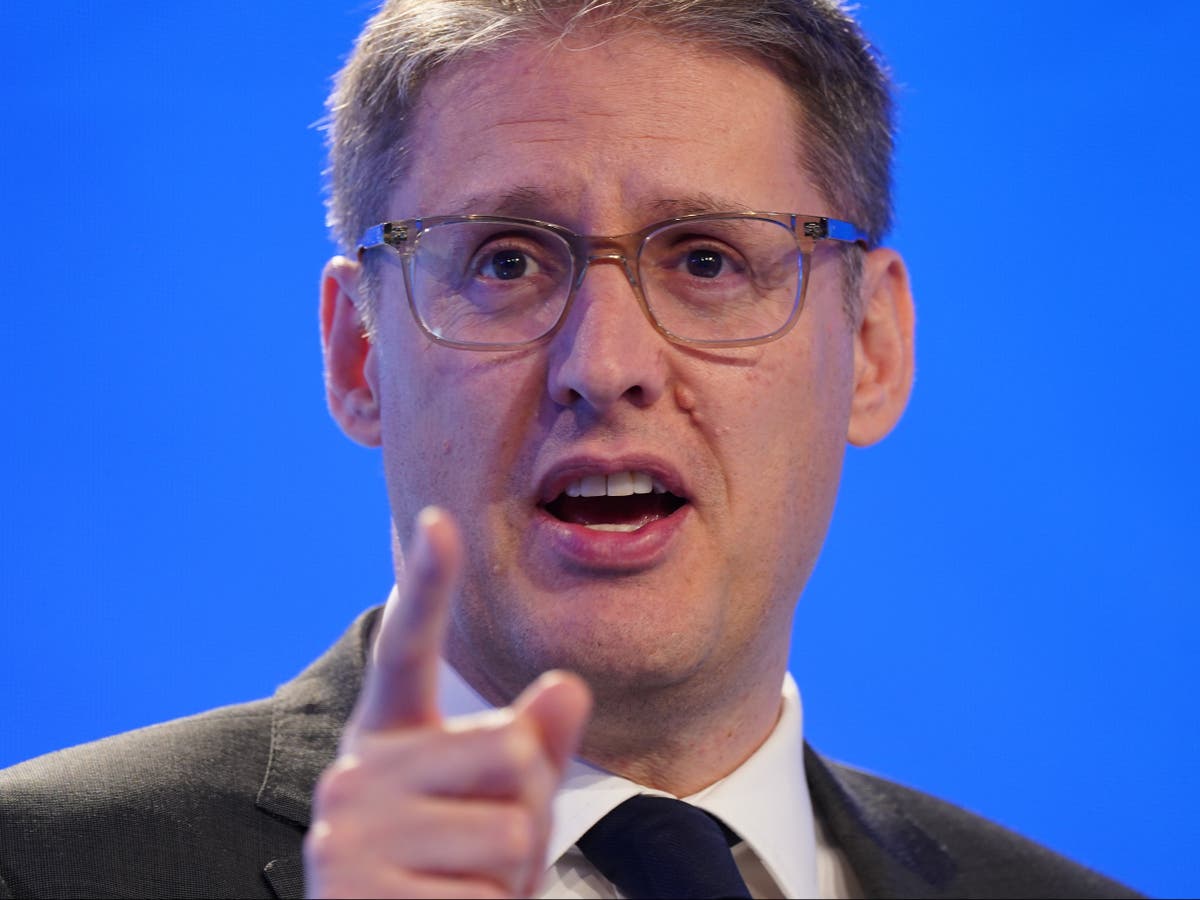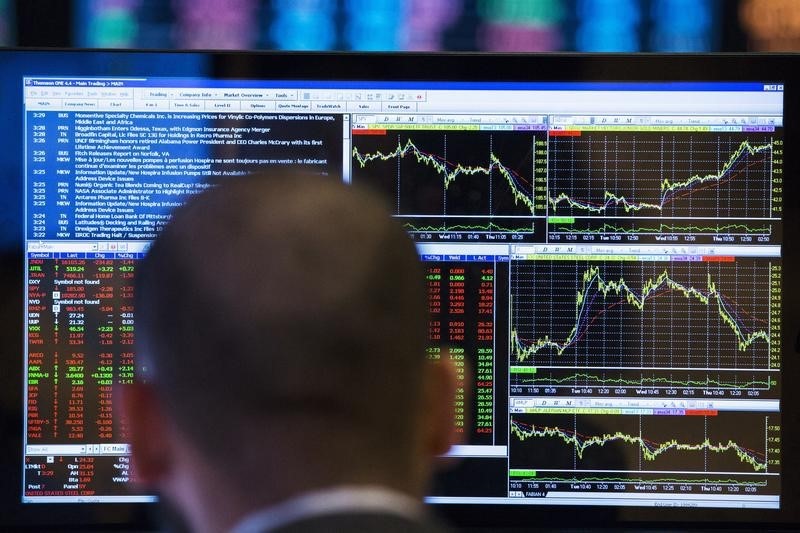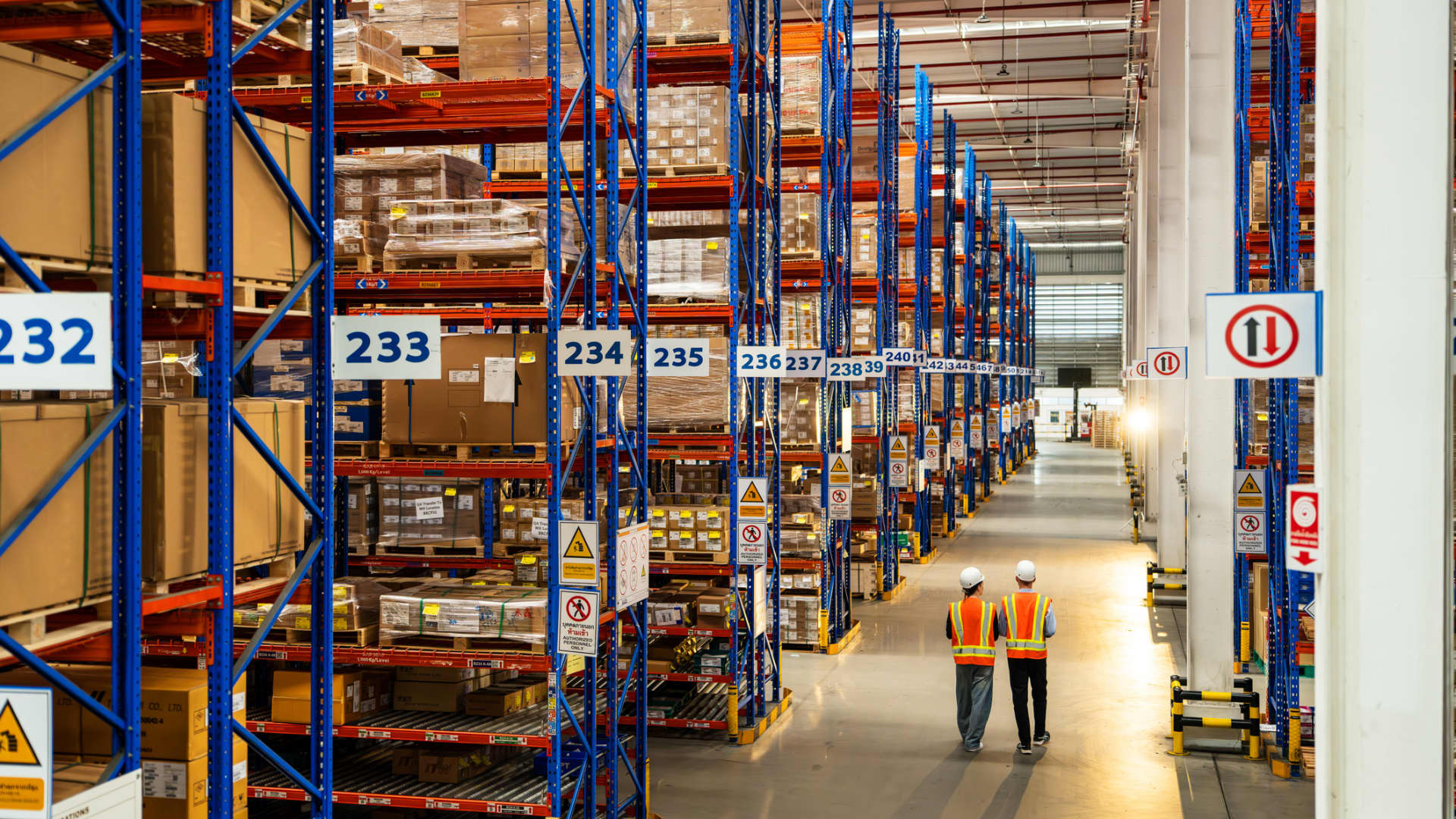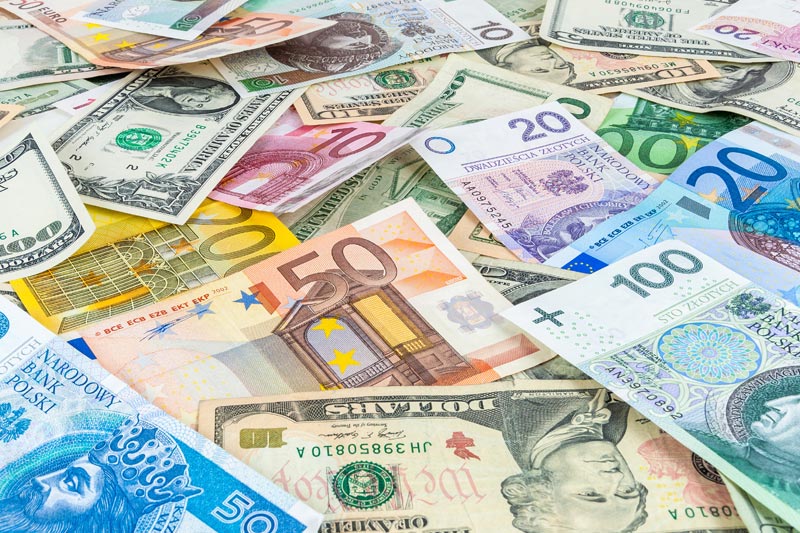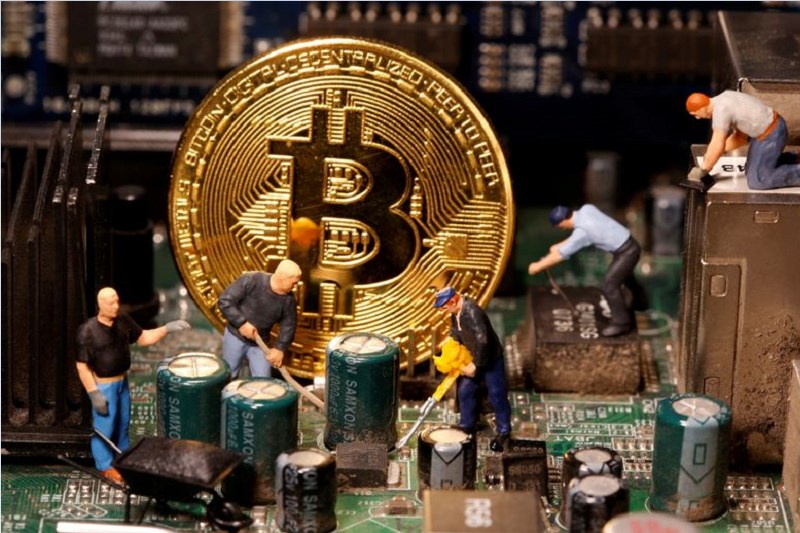On Thursday, Teslas equipped with full self-driving software were deemed defective enough to warrant a recall because they are prone to crashing. On Friday, all those faulty cars were still on the roads, with the unreliable software still available to drivers and no firm deadline for when it will be fixed.
The Tesla recall raises important and thorny questions not only about Tesla but also about auto safety regulation in the United States.
For starters, why is the National Highway Traffic Safety Administration allowing drivers to continue using experimental and dangerous software while Tesla tries to fix it? It is not clear when the software will be fixed. The NHTSA has not imposed any deadlines, and Tesla CEO Elon Musk has a history of making big promises that he doesn't keep.
Also at stake is what the recall could mean for Tesla's future if the fixes don't work. After all, Musk said last year that the success or failure of full self-driving “is the difference between Tesla being worth a lot of money or basically zero.”
FSD is an option that Tesla sells for $15,000. As it stands, Tesla considers the technology to be “beta” software, a term that computer users might recognize as a warning label on a newly issued software program, not ready for prime time, whose code could still be erased. with mistakes. (It's important to note: so-called fully self-driving Teslas are incapable of driving themselves.)
According to NHTSA, defects affecting FSD can cause a car to suddenly accelerate and run yellow lights, violate speed limits, and continue driving straight from turn-only traffic lanes. A search for “FSD” on YouTube will turn up evidence of many other software problems, including the tendency of cars with FSD activated to cross double yellow lines into oncoming traffic.
Because of the decades-long process by which traffic statistics are collected in the United States, it is impossible to know how many injuries and deaths have been caused by FSD and its limited-feature sibling, Autopilot.
Safety officials are wrestling not only with new technology in the auto industry but also with Tesla in particular, an automaker that “disses NHTSA on a regular basis,” said Phil Koopman, a professor and autonomous technology expert at the agency. Carnegie Mellon University.
So in its negotiations with Musk, why didn't NHTSA demand that the FSD or faulty features be disabled while Tesla tries to fix it? NHTSA won't say. Koopman, emphasizing that he is only speculating, said it is possible that NHTSA feared being sued by Musk, which would require a huge commitment of resources and prolong the situation.
“NHTSA would be motivated to fix this in a way that involves the least trauma and is done most quickly,” Koopman said.
Bryant Walker Smith, a law professor at the University of South Carolina, said regulators are only just coming to grips with the recent sweeping changes in automotive technology. Even the term “recall” is becoming obsolete: Tesla's solution will be delivered wirelessly to cars wherever they are via what's called over-the-air software delivery. Smith proposes the term “virtual recovery.”
NHTSA's recall rules have evolved over decades, based primarily on hardware defects, not software. A recall can be voluntary, usually after negotiation with NHTSA, or forced, which could occur if negotiations fail. A voluntary recall for a steering problem, for example, would lead an automaker to notify owners within a “reasonable” period of time that a defect exists and that the company will fix it, Smith said. “But federal law does not require the private owner of a non-commercial vehicle to complete the recall.”
What's “obviously different here,” Smith said, “is that Tesla has the ability, through over-the-air software updates, to immediately disable the entire system in which defects have been identified and then, when an update is ready, achieve a 100% recall completion rate.” But Tesla isn't doing that and NHTSA isn't forcing it to do so.
In fact, NHTSA has not given Tesla a hard deadline to find solutions. In its recall report, the agency said the defects would be fixed in the “coming weeks.” When asked by email what happens if Tesla is late or unable to comply, NHTSA did not respond. He also did not respond when asked how he would even know that the defects have been fixed.
Tesla has been collecting revenue from the additional FSD feature since 2016, and during those years Musk has continued to promise that truly autonomous driving was around the corner, without delivering.
The income is substantial. In its most recent financial filings, Tesla said cumulative FSD orders total more than 400,000. “These are very, very large numbers; we're talking billions,” said Francine McKenna, a professor at the Wharton Business School and producer of the accounting newsletter Substack The Dig.
She estimates that Tesla has made at least $4 billion in cash from FSD over the past eight years. The company recognized more than $400 million of that amount in the fourth quarter of last year, she said, allowing it to beat analyst earnings estimates and boost its recent stock price.
That was the first time Tesla announced it had reclassified FSD cash from deferred revenue to actual revenue and profits, McKenna said, although he said Tesla could have increased profits this way in prior periods without announcing it.
The NHTSA withdrawal could shake up Tesla's entire approach to FSD accounting, with serious implications for Tesla stock, he said. The company may have to return FSD cash to deferred income and restate earnings “if they cannot fix this within a reasonable period of time” and may not be able to recognize FSD revenue and earnings in the future if the software turns out to be permanently broken. “And they may have to refund a large amount” to FSD buyers, he said.
Tesla did not respond to requests for comment. Musk disbanded Tesla's media relations department in 2020.

